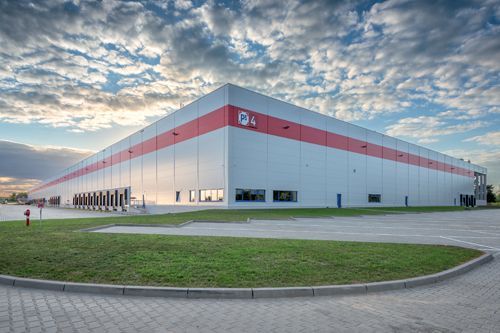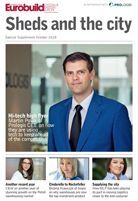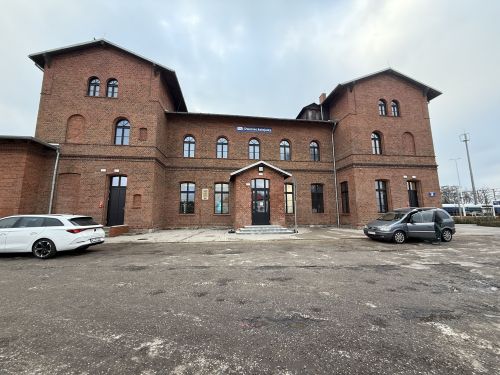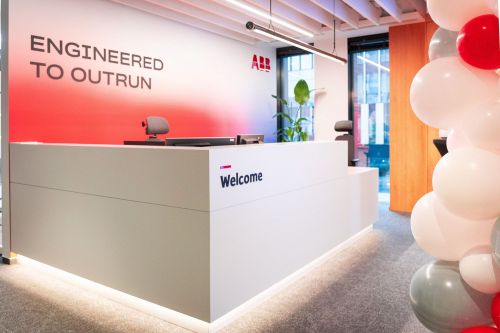In 2017, P3 became one of the first specialist warehouse developers in the world to sign up as an active participant to the United Nations Global Compact, the world’s largest corporate sustainability initiative. A year later, P3 also became a member of GRESB, a benchmark global environmental, social and governance (ESG) programme for real estate companies. “These two initiatives allow us to assess P3’s sustainability performance, measure its achievements against its peers and learn about new sustainability practices, so that we can maintain our position among the leaders in our sector when it comes to developing and managing sustainable warehouses. In addition to all that, P3’s in-house sustainable solutions team is committed to ensuring that the next generation of our warehouses are built to the highest standards, meeting and exceeding the strictest European environmental impact criteria, while also generating real operational savings,” claims Steffen Wal































































